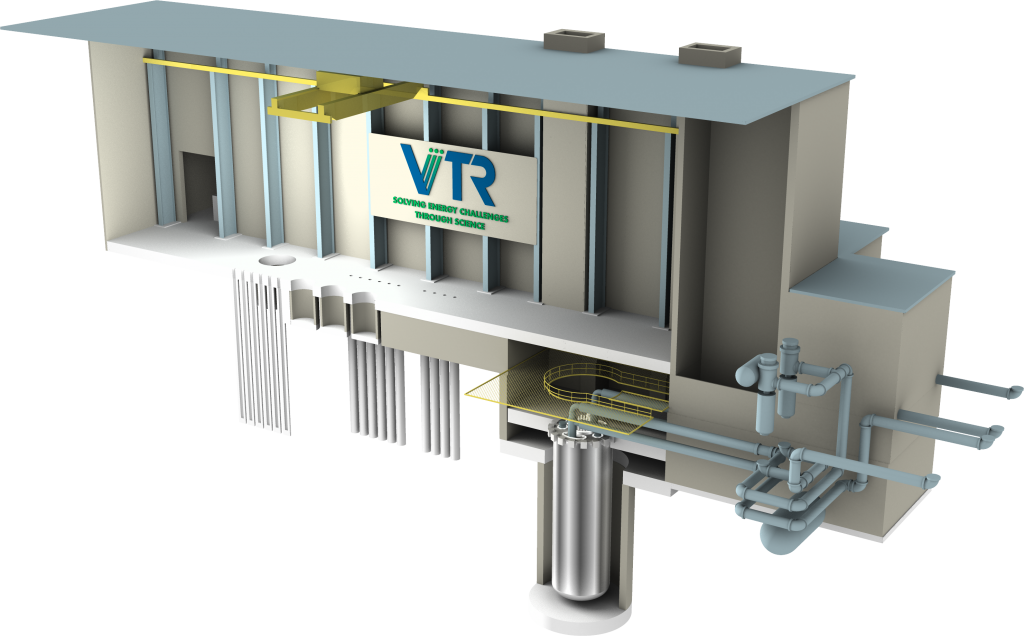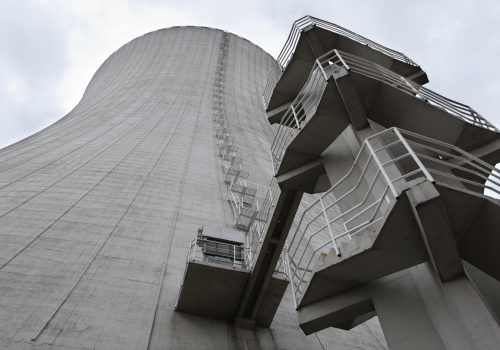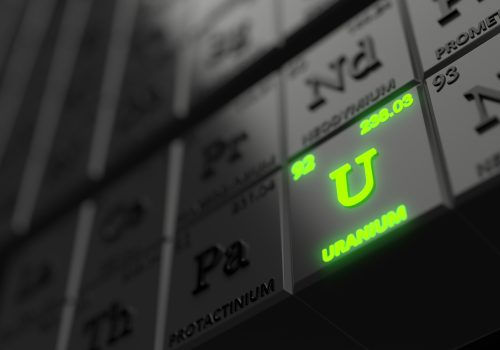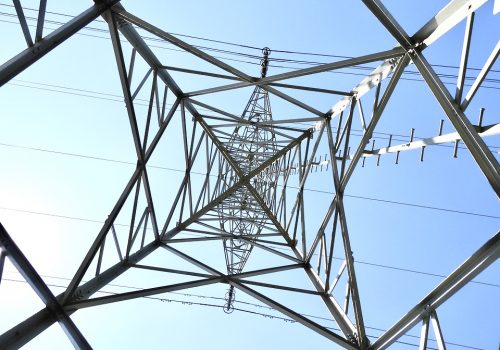The next generation of civil nuclear technologies holds the promise of bringing zero-carbon energy to an expanding international market. However, in order for the US nuclear energy industry to take the lead in manufacturing advanced nuclear energy technologies, the US government must support a broad nuclear innovation ecosystem, which rests on three pillars: the demonstration and commercialization of new reactor designs; funding for high assay low-enriched uranium (HALEU) fuel, which will power most of the advanced reactors; and the building of the Versatile Test Reactor (VTR). Although the VTR has a crucial role to play in our ability to test the fuels and materials that will be used in the next generation of reactors, its funding was recently zeroed out by appropriators in both the House and the Senate. This exclusion is a grave error that will have far-reaching ramifications for US nuclear energy leadership. However, there are upcoming legislative opportunities to rectify this error.
The VTR will enable researchers—in the US or from allied countries with nuclear research programs—to simulate the conditions of different types of commercial reactors. It will accelerate the testing of radiation impacts on fuels and materials; one year of testing reactor materials in the VTR will show the equivalent amount of radiation damage as ten years in a commercial reactor. The VTR will also be able to test accident-tolerant fuels, which can help modernize the existing nuclear reactor fleet by making it more impervious to accidents and by lowering the cost of electricity. Existing reactors (and their fuel types) are worth the investment, since they currently provide the US with 20 percent of its total electricity generation and more than half of its carbon-free electricity.
The advanced reactor designs slated for demonstration in the next several years and the advanced fuel that will power those designs require a testing facility so that they can continue to innovate. At the moment, Russia is the only country that has a test reactor with comparable capabilities. However, geopolitical tensions between the US and Russia have made it increasingly difficult for US companies to test their nuclear fuel and materials in Russia. Russia’s test reactor gives its state-owned nuclear enterprises an edge over the US nuclear energy industry. If the US is to compete effectively with Russian nuclear energy technologies in the years ahead, then the US needs its own testing facility.
Domestically, the VTR would also benefit the US economy by enabling the continued development of new nuclear power plant projects. Nuclear construction projects will employ US workers, creating union jobs and restoring the domestic nuclear supply chain, a necessity for the rapid deployment of advanced reactors for climate mitigation.
While some detractors have argued that Congress should no longer fund the program due to its cost, the estimated price tag (between $3 billion and $6 billion over several years) pales in comparison to the DOE’s annual budget. For the current fiscal year alone, lawmakers have appropriated over $39 billion to the DOE. Expert predictions of the annual cost of climate change and the failure to decarbonize the global further dwarf the estimated cost of the VTR. In addition, opportunities exist to defray the VTR’s costs, most notably through international cooperation and funding from civil nuclear allies who wish to test their own nuclear fuel and materials. Although some US advanced nuclear reactors may be demonstrated before the VTR is completed, the VTR will enable nearly all nuclear energy technologies to innovate well into the future.
Congress still has opportunities to support the VTR, especially through the reconciliation process and—looking ahead—through Fiscal Year 2022 spending. As part of reconciliation, the House Committee on Science, Space and Technology has proposed $95 million for the VTR. The VTR should be recognized as a crucial tool for the widespread deployment of advanced nuclear energy technologies, and it should be supported by climate and innovation advocates alike.
Each of the three requisites of US nuclear innovation—the demonstration of new reactors, support for new fuels, and a domestic testing capacity—plays a different role in the nuclear ecosystem. All three support the development of the next generation of nuclear energy technologies. The VTR will ensure that advanced nuclear technologies can continue to adapt to a changing world and meet the growing global demand for clean electricity. Without the VTR, the next generation of nuclear energy technologies in the US could be its last.
Suzanne Baker is the co-founder of Good Energy Collective.
Jennifer T. Gordon is the managing editor and a senior fellow at the Atlantic Council Global Energy Center.
Judi Greenwald is the executive director of the Nuclear Innovation Alliance.
Jackie Toth is the senior advocacy director of Good Energy Collective.
Related content
Learn more about the Global Energy Center
Image: Schematic of the Versatile Test Reactor. (Idaho National Laboratory, Public Domain)





